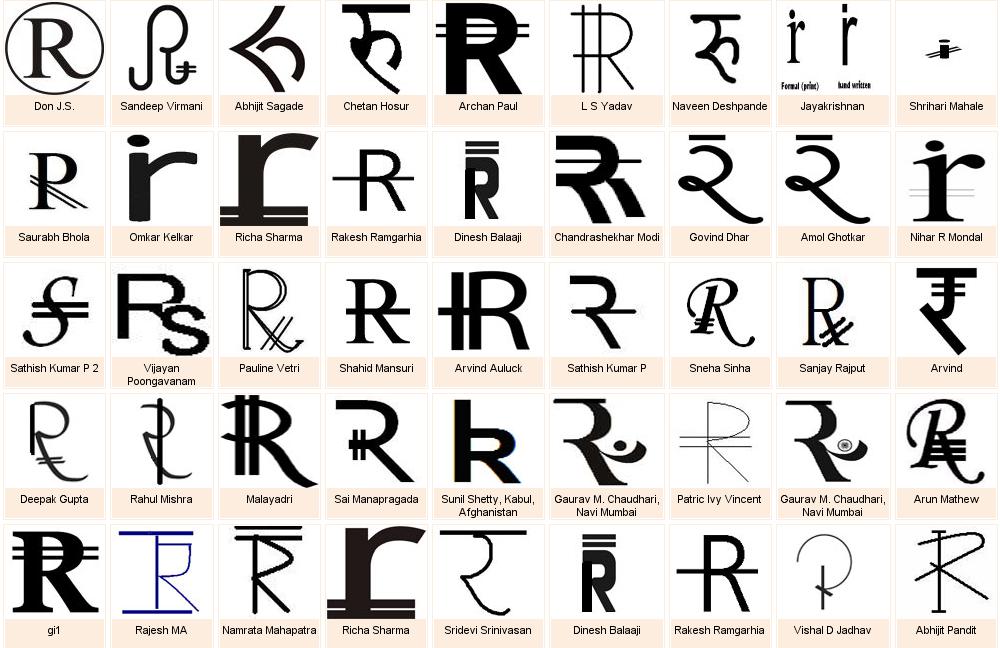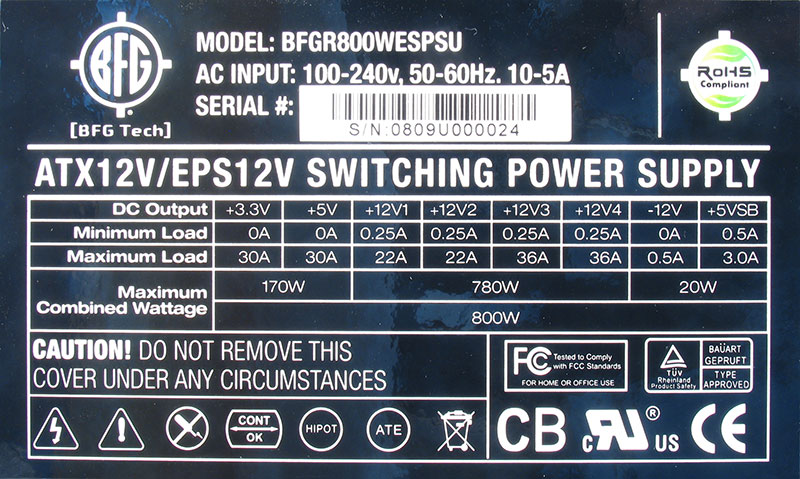Here's the information you've been waiting for!
We really suggest you get some traditional clothes to wear to at least some of the events. As I read on this
Yelp thread, "You can pretty much wear what you like, but should you opt for local attire everyone will fuss over you."
Here are some pictures of westerners wearing indian wear:
This post contains information about:
- Weather in November
- Suggestions for our Wedding Events
- Women's Attire
- Men's Attire
- Where to Shop
- Other Clothes for your trip
However, at the very bottom of the post is a short and sweet directive: If you don't want all this information and to make lots of decisions, we can simply tell you what to wear and send you on your way.
Weather in November
The weather in November, especially in Nasik, is much cooler and the start of the winter season. At night, you'll definitely need a light sweatshirt or jacket, especially if you'll be tooling around in an open-air rickshaw. There is also heavy air conditioning in most places, so you'll need something to combat the AC.
In the daytime, Nasik will be warm and dry, but probably not hot. Think 80s, but not 90s.
In Bombay, the weather is much more humid, and the nights aren't as cold. The ACs are just as strong.
A note about shoes: For doing tourist stuff around the city, bring comfortable shoes that you don't mind throwing away at the end of your trip. The roads in Bombay and Nasik really do a number on shoes and I find that I usually throw away a few pairs of shoes at the end of each trip.
Suggestions for our Wedding Events
Cocktail Party
This will be a small event with no traditions or anything. It's a welcome / meet and greet event so you can wear what you'd wear to a typical cocktail party at home. Bring a wrap, shawl or jacket.
Mehendi
This is for the women only. We'll be applying henna patterns on your hands, arms and feet. Wear something comfortable, that you don't mind getting dirty. The henna takes a few hours to dry so you need to be able to lounge around and not move much.
Sangeet
Later that evening, we'll have the Sangeet ceremony. This will be a festive event with music, dancing, singing, performance, drinks and dinner. For this, you should DEFINITELY wear something traditional, but also colorful and flashy. There will be a lot of color, music, dancing, etc.
Ceremony
The ceremony will take place during the day. You can opt to wear something traditional like a sari or salwar kameez, or if you'd rather save that for the reception, you can also wear something like what you'd wear to a wedding back home. For the ladies, I will mention that Nasik is less metropolitan than Bombay, and you may feel more comfortable if you haven't exposed too much arm / cleavage / back.
There will be a
baraat before the ceremony. No special attire, just whatever you're planning to wear to the ceremony. But you'll be dancing!
Reception
The reception will take place outdoors in the nighttime. There will be dancing, drinks, music and food. It will be a lot of fun to wear something traditional, like a sari, lehenga or salwar kameez. Bring a wrap or shawl.
The reception will also be held on a lawn, so it will be a little harder to walk around in stilettos.
WOMEN'S ATTIRE
Female wedding guests in India have no color restrictions (though there is usually a popular color of the season) and mainly three clothing choices: the saree, the most authentic dress for an Indian wedding; a lehenga, an often heavily embroidered skirt-blouse-scarf combination or a festive salwar kameez. Here are more detailed descriptions of all three:
- Lehenga (or lehnga): long skirt accompanied by a matching choli (blouse) and dupatta (long scarf). Cholis come in many cuts and styles and are as elaborate as the lehenga. Easier to wear than the saree, this combination has gained popularity at weddings in recent years.
- Salwar kameez (also shalwar kameez or shalwar qameez): Like the men’s version, salwar kameezes are popular because they are easy to wear, extremely comfortable and fit any body type. The women’s kameez (shirt) comes without pockets to avoid bagginess and assuming that women will carry a purse anyway. It can be worn with loose-fitting pants or tight ones (churidars). Salwaar kameezes usually come with a matching dupatta worn in many different styles.
- Saree (or sari): The most authentic but also most difficult to wear Indian piece of clothing. Lengths vary from seven to nine meters and there are different saree draping styles. The saree blouse is less elaborate than the lehenga’s because most of it will be covered. However, various saree blouse designs, cuts, necklines and back styles are available.
A word of caution: in India, more is more and definitely considered good taste for women. Too plunging a neckline and exposed backs are frowned upon, especially at weddings. Also check before where the wedding is held – outside or in an A/C hall – as an additional (woolen) shawl for cooler venues or cooler climates (northern India can get quite chilly) might be required.
Salwar Kameez
Here are some examples of Salwar Kameez.
As you can see, they come in a variety of shapes, sizes, and colors. You'll have to decide:
- what kind of sleeve you want
- how fancy you want it to be
- what kind of length you want
- what kind of pants you want
The long, tight pants are supposed to be more "in fashion" than the loose, billowy pants.
Lehenga
Here are some examples of Lehengas.
If you opt to wear a Lehenga to the Reception and end up getting a sparkly or onate one, in my experience, they can be really, really heavy! But not in a bad way, you should just be aware of it.
Sari (or Saree)
Here are some examples of sarees.
We will have people available to help you get dressed. It's complicated:
Typically in India, women have the Blouse (top) stitched to order. In the states, generally saree stores will have some ready made blouses that you can choose from.
Men's Attire
Men can pretty much wear whatever they want. BUT, there are plenty of traditional options for them too!
Unlike the ladies’ attire where traditional prevails, the men’s attire at Indian weddings is usually split between traditional Indian and western wear. Inspired by Bollywood, clothing options for men have become more adventurous as pink, orange or other bright colors and even dupattas are acceptable for accessorizing. Below are some popular clothing options explained:
Achkan: long coat with a mandarin collar, no lining, made from light material (examples below)



Churidar: tight-fitting cotton pants, worn with a sherwani or long kurta

Kameez: loose-fitting shirt or tunic with pockets, usually worn with salwars



Kurta: loose-fitting shirt that can be worn with formal western or Indian pants


That guy on the right is an awkward model.
Kurta paijama: pre-matched set of shirt and pant that can range in formality from sleep- to wedding wear; popular because of its high comfort level
Paijama or salwar: loose-fitting, lightweight pants with a drawstring waistband; wide at the top and narrower at the bottom; worn with a sherwani, kurta or kameez
Salwar kameez: pre-matched pant-shirt combination
Sherwani: knee-length, coat-like garment with lining; made from heavy suit material

Western wear for men always means a full suit, even if it is hot, at least during the first part of the festivities. Later, the suit jacket may be removed. During the baraat, the Indian wedding procession, the male relatives and friends also wear colorful turbans that mark their affiliation with (or support for?) the groom.
Where to shop
If you are going to arrive in India BEFORE Wednesday, you can shop there. It is a lot less expensive, and sort of fun. I suggest you get something "readymade", as stitching requires a few days and a couple of trips to the tailor.
If you want to get your clothes before going to India, we found the following:
- Washington, DC
- Los Angeles
- SF Bay Area
- San Diego
You can also buy your bangles, jewelry and bindis in the states, BUT, we are going to arrange for jewelry vendor to come to the Express Inn on Thursday afternoon if anyone wants to buy accessories there.
Other Clothes for your trip
Bombay is hotter and more liberal. Girls you can wear t-shirts, tank tops, shorts or skirts, guys can wear shorts and shirts. Nighttime, you'll want jeans and a light sweatshirt since it may be chilly.
Nasik is cooler and less liberal. Cover up a bit more, everyone.
SHUT UP JUST TELL ME WHAT TO WEAR!
If all of the above is too much for you, here's our easy suggestions:
- Wear your own cocktail attire to the cocktail party
- Women, get two traditional outfits and something dressy. I suggest traditional for the Sangeet and Reception. You can either decide to go dressy for the ceremony, or wear what you're wearing to the reception.
- Men: bring dressy outfits (what you'd wear to your 20-year high school reunion, or someone else's wedding), and consider getting one traditional outfit, or at least a traditional men's top.
































































